One Man’s Mark
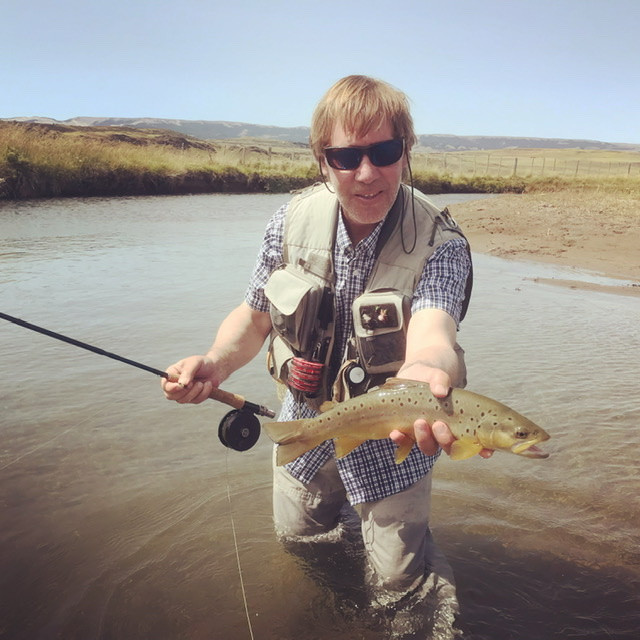
We can all look back into our respective lives and see that any endeavor we’ve done is the result of a contribution from others.
We recently encountered Troy Cowles in the Coyhaique region of Chile. Troy was a guide at Crystal Creek Lodge from 1989 until 1999. He was a teenager when he come to us but he’d already a few seasons of guiding in Alaska under his belt. Back then, Troy hailed from Spokane, Washington, but he’d actually grown-up on his uncles farm in Canada. We saw immediately he was a wunderkind, adept at outdoor craft, mechanical abilities, fishing and hunting. He was a keen and observant member of the outdoor world, constantly curious of the wild environment surrounding him.
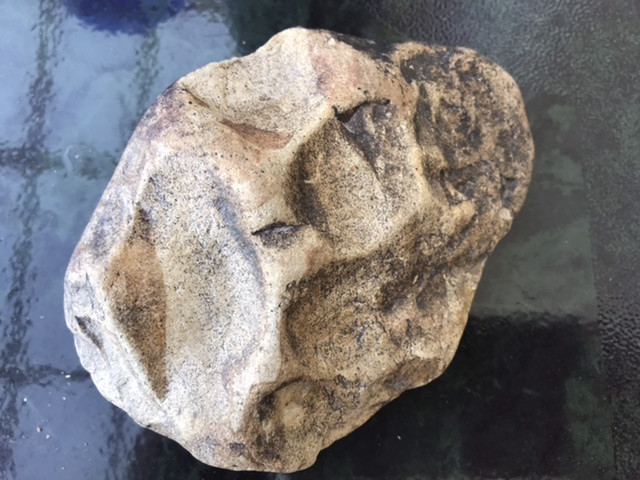
Troy had the eyesight of an eagle, able to spot a bear, barely (sorry) discernible to others as a small dot, on a mountain miles away or the glimmer of an arrowhead in the river bed at his feet almost simultaneously. He still has it. Yesterday he showed me a rock he had found in a river while guiding. It was a fossil. Actually, the partial, fossilized footprint of an ancient, large cat.
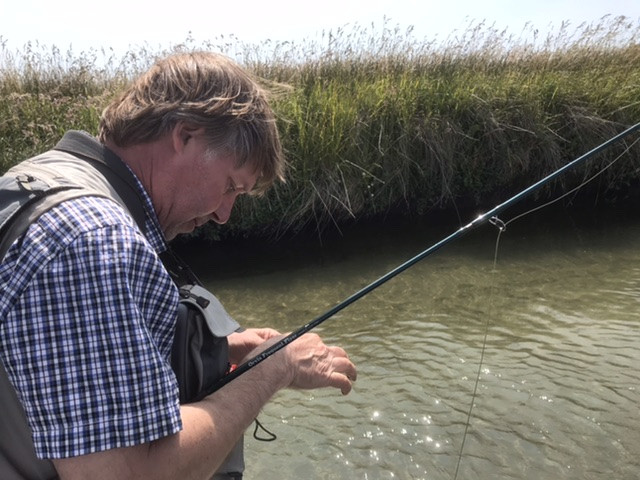
He studied the habits & movements of fish & game with a scholarly level of depth. As a result, he could always produce fish to our guests. King Salmon, for instance, is one species of fish that consistently bamboozles Alaskan guides who are new to the game or do not do their homework. Some never get it and become “trout guides”. This is especially the case when fishing the larger rivers, those with depth & widths that offer no obvious structure and might as well be the Mississippi to the un-initiated. The other four species of Pacific Salmon in western Alaska, the Sockeye, Chum, Pink, and Coho Salmon species, travel in groups nose-to-tail. They follow the current seam closest to the shoreline that offers the path of least resistance while traveling upstream. Kings, by contrast & for some mysterious reason, are solitary creatures following the channel, deep in the river, as they migrate upriver. To Troy, a tiny swale of gravel on the shoreline left by the spring flood would indicate riverbed structure in deeper water where the Kings might stop and rest on their travels.
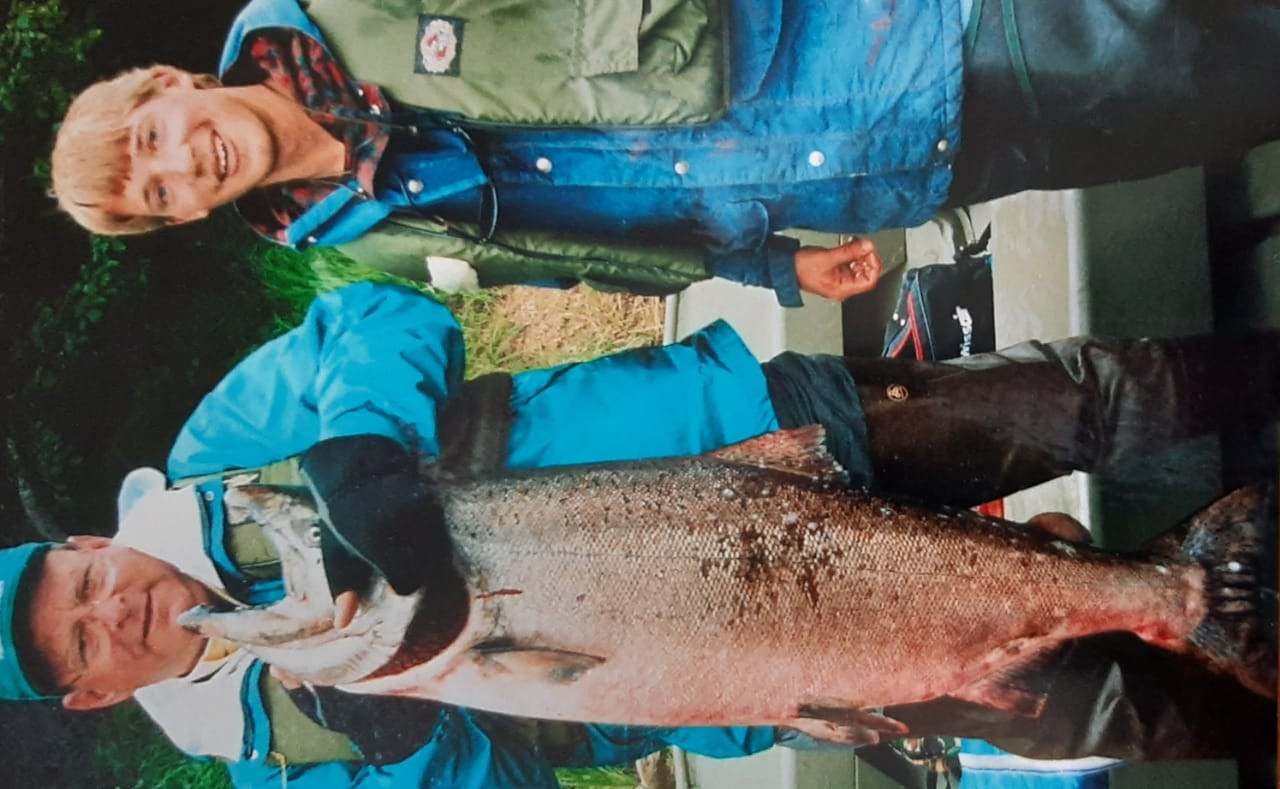
In 1990 Troy’s skills paid off big. He was guiding the CEO of an airline services company based in Phoenix Arizona. They were a new group of guests, hard-won in the selling process because we were a new lodge business, only in our third year of operation. The CEO caught a 45+ pound King, huge for our region of Alaska. He returned to the lodge with his elation and, seeing his customers absolutely thrilled with the experience as well, declared: “We’re booking the entire lodge next year.” Thus began a relationship with this company that lasted through three corporate acquisitions, eventually three solid weeks booked by this company per year, numerous branch-off bookings by other aircraft manufacturing corporations & similar industries that lasted 11 years; until the bottom dropped-out of the airline industry following the terrorist attacks of September 11, 2001.
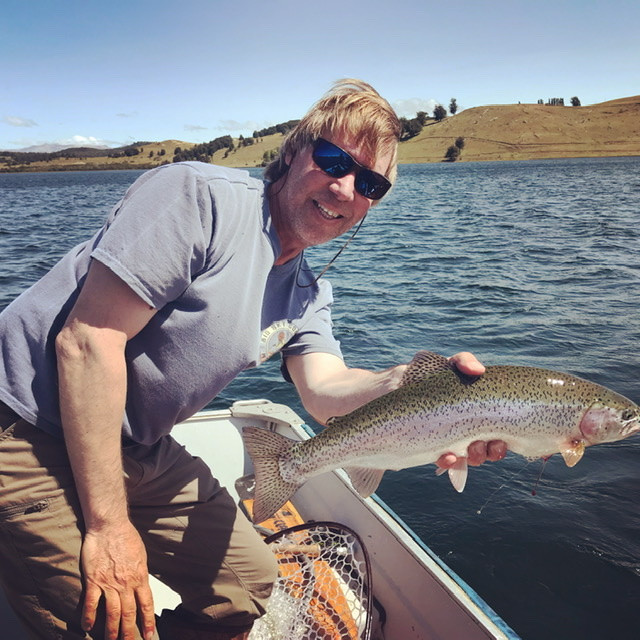
Troy’s curious nature and appetite for adventure led him to Chile in 1990, where he assisted another one of our guides, Fred, in the developing of Fred’s new guiding venture near Coyhaique. It was a new frontier, and Troy took to it. He traveled back and forth between Alaska and Chile for ten years before making Chile his permanent home after establishing his own guiding & outfitter business
I’d often wondered about Troy and heard stories from other staff members that’d kept in touch with him. Troy attempted to teach me how to find arrowheads in the riverbeds of Alaska (in 20 minutes he’d find three and I’d find none) and to this day, every time I find one I’ll remember him. Several years ago a good friend and I attempted to book a fishing trip with him and the timing just didn’t work out.
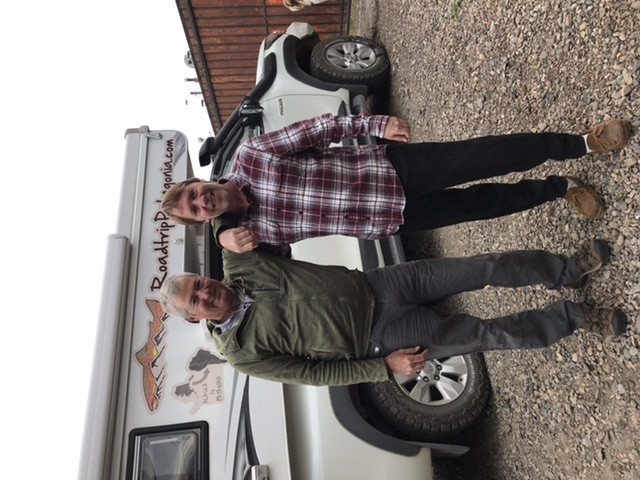
Fast-forward to November 2019, when Lynnette and I were passing through the Coyhaique area while visiting Magic Waters Patagonia Lodge. We contacted and met Troy. It was a great reunion. We spent the night at his house, had dinner and met his wife, Betty, who is working on local highway projects as a civil engineer while going to school at night. The stories & laughter flowed as we caught up on our lives and what we were doing with them. The visit was too short. Upon parting we promised to keep in touch.
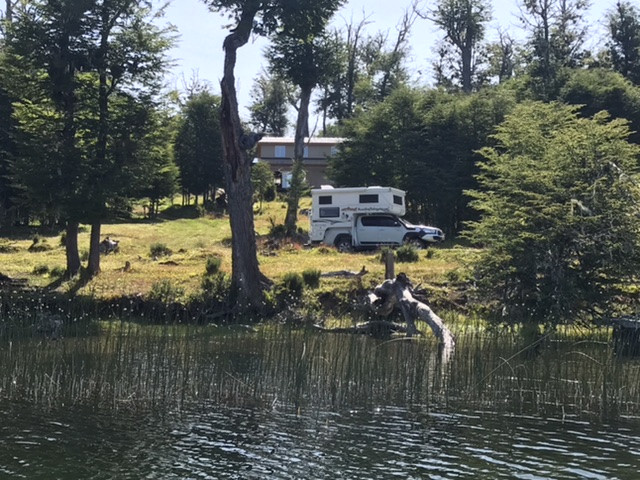
This January Orvis Travel asked us to return to the Coyhaique area and host a week at Magic Waters Patagonia Lodge. Immediately after Magic Waters, Lynnette was heading back to the United States for a previous engagement of about ten days. Having time on my own, I contacted Troy. He said his schedule was open for us to go fishing together. He gracefully allowed me to park the camper at his cabin on Lake Pollux, southeast of Coyhaique while he spent evenings with Betty and taking care of business in town.
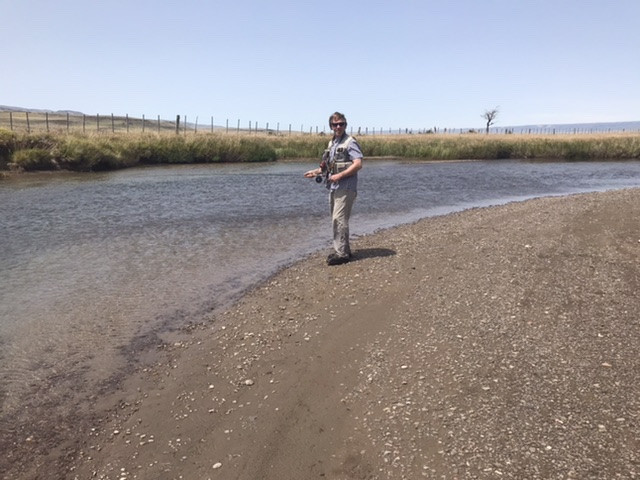
Troy and I connected, gathered our gear and went to a nearby stream to catch Brown Trout. As I listened to Troy describing the natural world around him, telling stories, giving me flies, allowing me to get in front of him on the stream to cast, and laughing as big Browns were missed it occurred to me his greatest contribution to Crystal Creek Lodge: he taught us not to settle on what we thought we knew.
The world of the early Crystal Creek Lodge was an unknown to all of us. As Troy moved through that world he aggressively explored, observing & learning as much knowledge as he could. He brought innovative ideas to the table. He held nothing back to make himself look better; he shared it all with guests & fellow guides alike and demanded the same of other guides as he urged them onward. The world was all a wonder to Troy, and still is.
